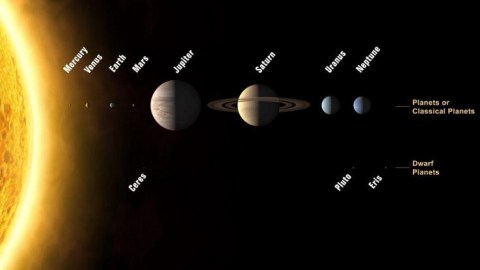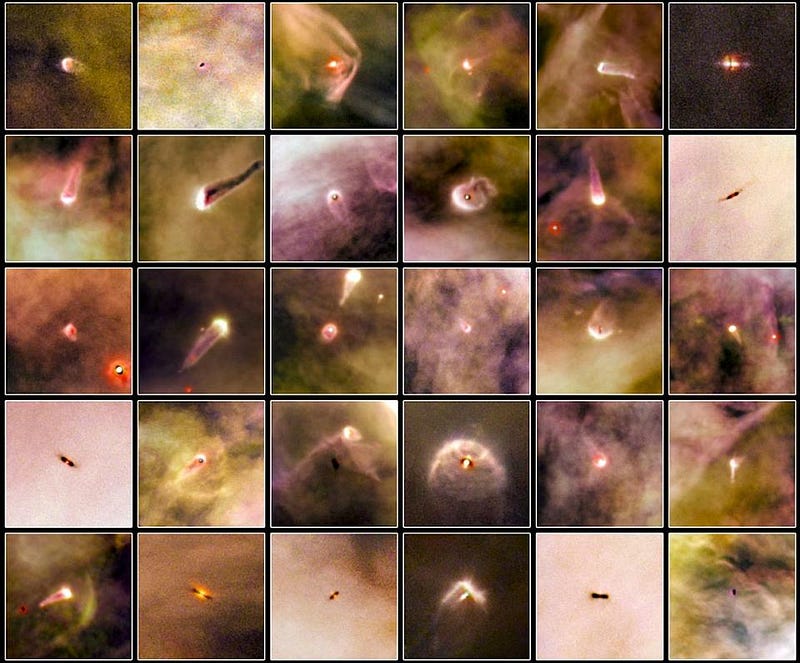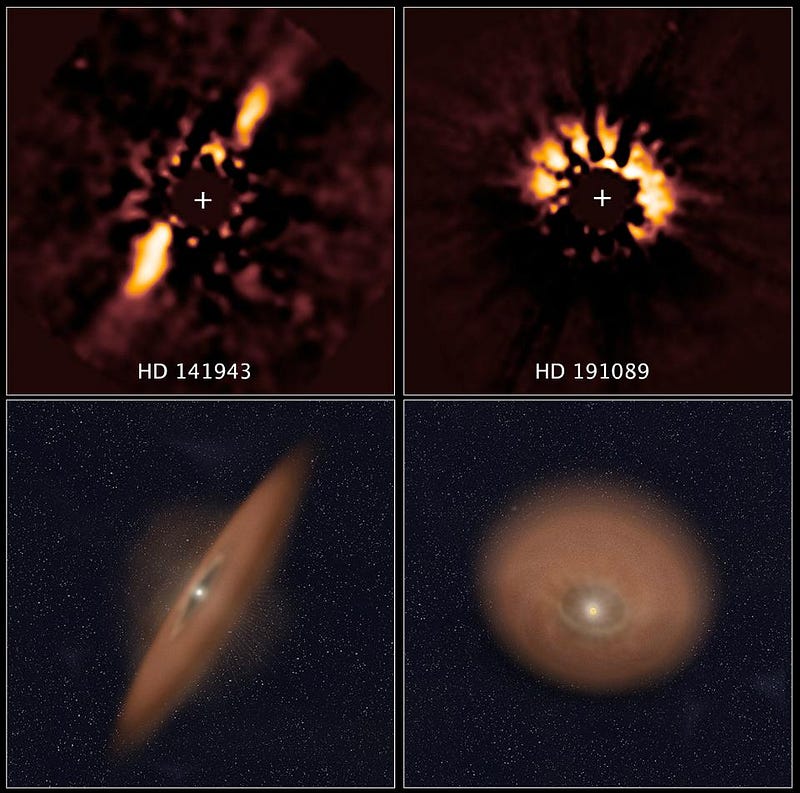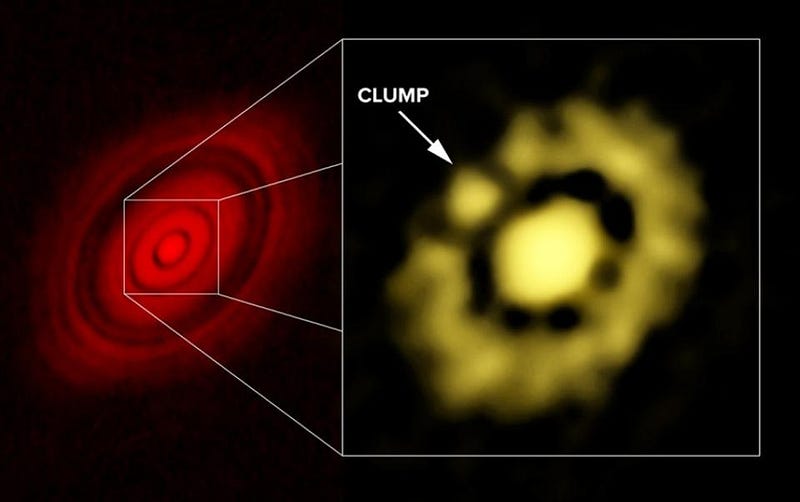The science of how solar systems begin

From a speculative story to solid science!
“The new ALMA images show the disk in unprecedented detail, revealing a series of concentric dusty bright rings and dark gaps, including intriguing features that suggest a planet with an Earth-like orbit is forming there.”
–Sean Andrews
The question of “where do solar systems come from” has now been scientifically answered and verified.

Deep inside star-forming nebulae, dense regions of gas collapse to become hot and dense at their centers.

These central regions first glow in infrared light, while the material surrounding the center “pancakes” into a disk shape.

The disk rotates, and tiny densities imperfections form within it. In the densest regions, mass begins to clump together, creating the first protoplanets.

As more time passes, these infant planets accrue more and more matter, clearing their orbits and creating large “gaps” in the protoplanetary disk.

Meanwhile, gravitational collapse causes the central protostar to heat up.

Once a critical threshold is reached, nuclear fusion begins in the stellar core, and the protostar becomes a full-fledged star.

It’s then a race for the protoplanets to grow as quickly as possible and hang onto the material they’ve accrued, while the central star’s radiation works to burn it all off and eject it.

Meanwhile, gravitational interactions cause ejections or mergers, leaving only a few planets.
By time the present day arrives, all we can see are the solar system’s survivors.

Mostly Mute Monday tells the story of a single astronomical phenomenon or object in mostly visuals, limited to no more than 200 words.
This post first appeared at Forbes, and is brought to you ad-free by our Patreon supporters. Comment on our forum, & buy our first book: Beyond The Galaxy!





